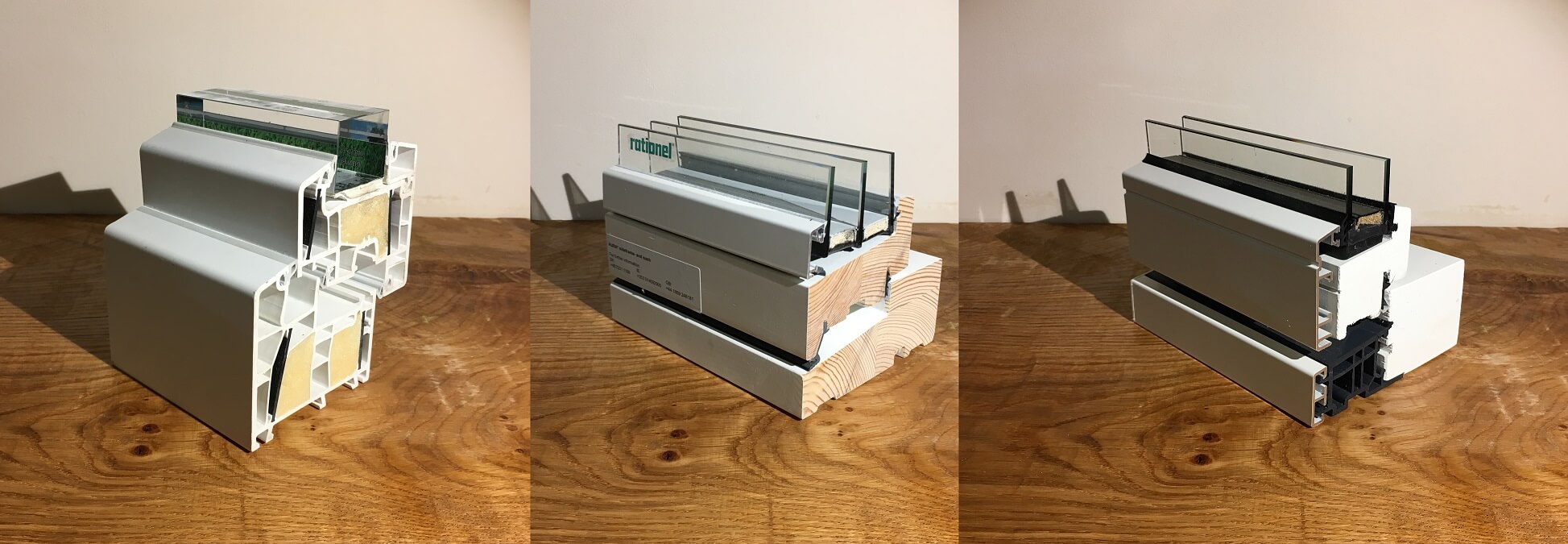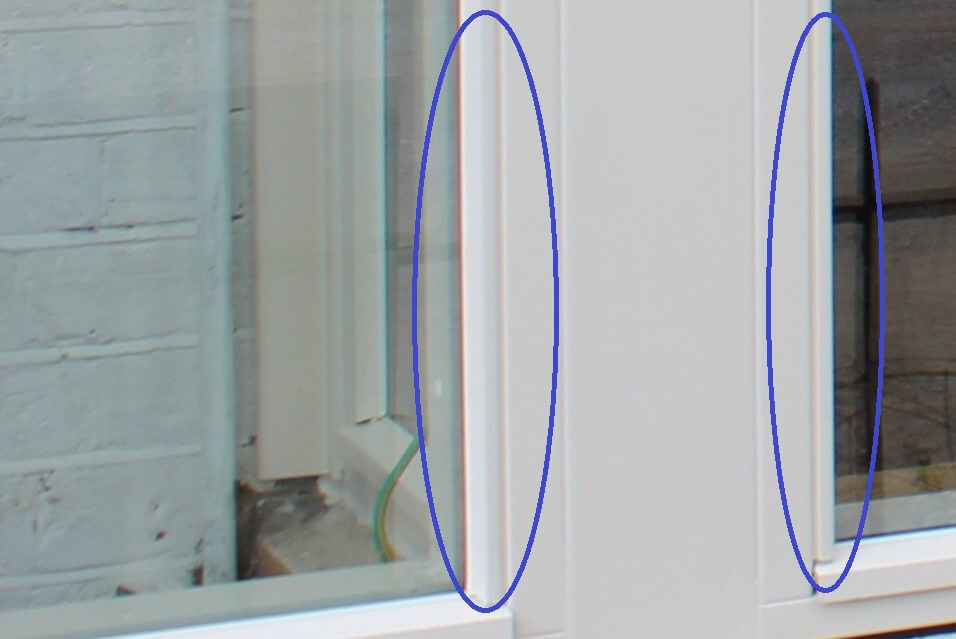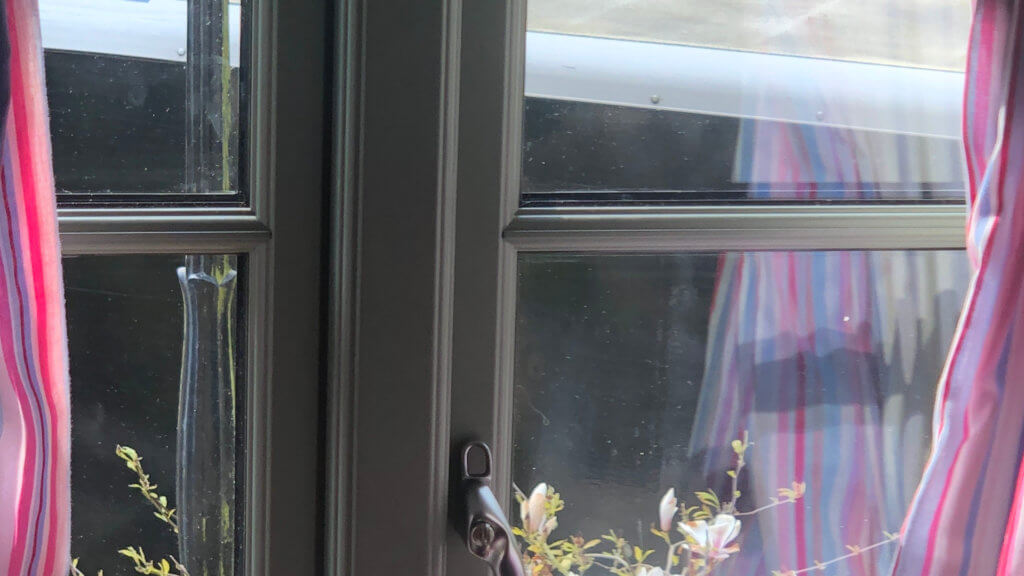Picture the scene: it’s moving in day and you’ve finished unpacking all of your boxes in your brand new property. There’s at least some furniture for you to sit on, you’ve decided which of you gets which bedroom (for now), and you’re just wondering whether now would be a good time to check whether you’ve packed any milk to make that much-needed first cup of tea.
To get some fresh air, you go across the room to open the window but there’s this nagging feeling in the back of your mind which says: ‘Actually, I didn’t really notice this before we moved, but these windows look a bit past their best and a bit cheap. I wonder if we should replace them, but where do I start with this, and how do I know what kind of windows I am dealing with?’
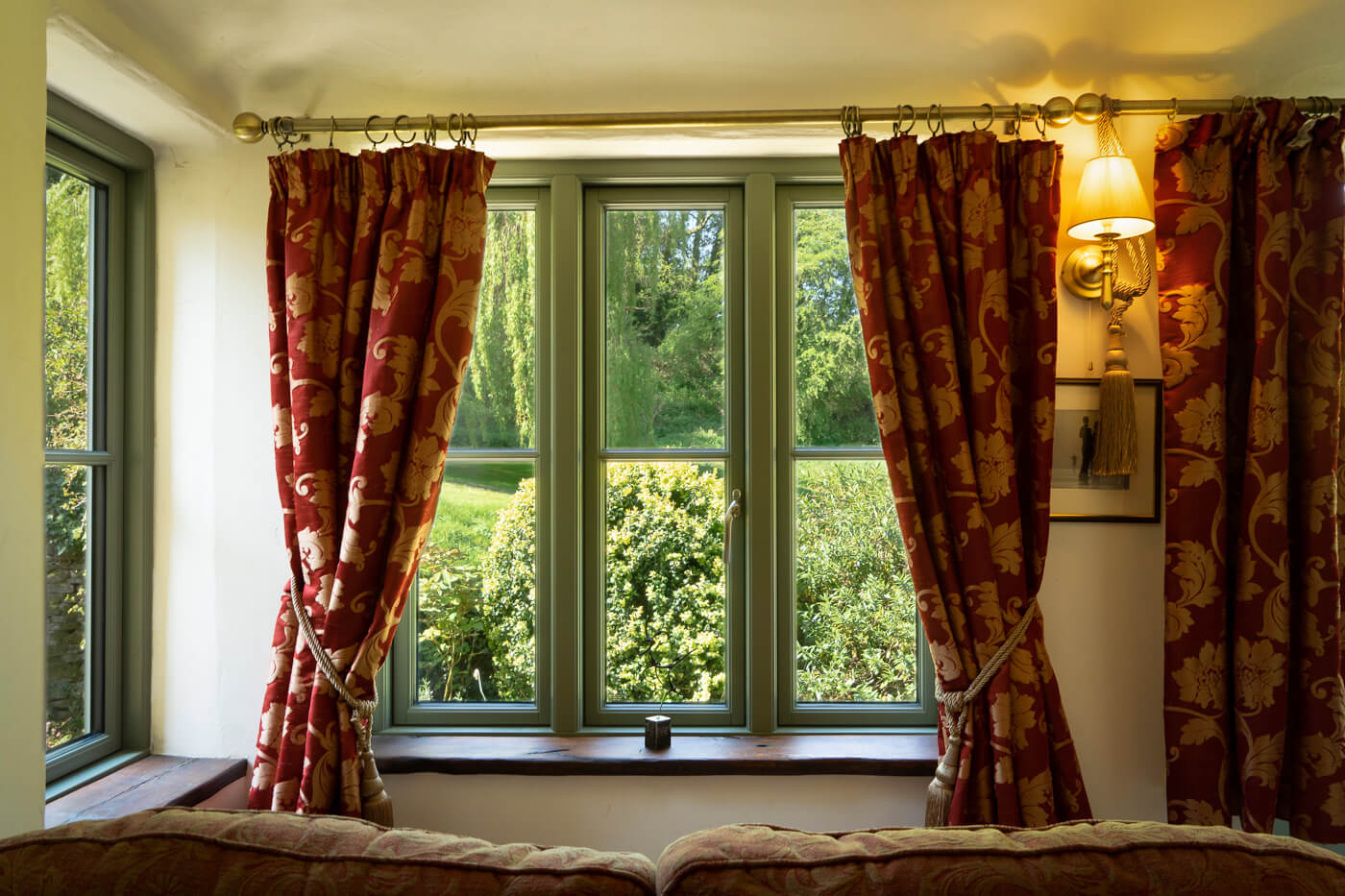
More images from this project can be found in our Cotswold Countryside Window Renovation gallery.
The frame
What type of material is the frame?
First things first, you need to identify what kind of material the window frame is made of. There are a wide variety of possible options for this, so do your research. These include wood, UPVC (Unplasticised Polyvinyl Chloride, or vinyl), aluminium, fibreglass and composite (timber framed with an aluminium screen or sheath on the outside). It is important to consider also that the frame material might be different on the inside and outside of your windows.
Is my window frame providing structural support for something else?
Get the broader picture and see if your window frames are providing structural support for something else. This is particularly important to consider if you are dealing with bay windows or windows within conservatories.
Is it a flush or stormproof-style frame?
Don’t worry – we’ll translate the jargon for you! As the name suggests, in flush windows, the window sits ‘flush’ with the face of the window frame, whereas in stormproof frames, there is a lip which stops the window sitting flush, as these were traditionally designed in order to be more weather resistant and to offer greater protection (although it has to be said, flush windows can actually be more storm-proof and offer better protection than those in a stormproof style, but that’s a topic for another time!).
You will be able to easily tell whether you have flush or stormproof windows because stormproof windows will protrude and flush windows sit ‘flush’ within the frame.
Is my fixed window a fixed frame or a fixed sash window?
In the world of windows, a sash means the part of the window that opens and the frame means the part that stays in place. If you have a fixed window (a window which doesn’t open) it is important to determine whether it has a fixed frame or a fixed sash. Discover more about this topic and the pros and cons of each in our handy guide here.
The glazing
What type of glazing do I have?
Although it may be sunny at the moment, this is so important for the chilly British winter months and for keeping an eye on your energy bills! To find this out, look at the inside edge of your window. If you see two panes of glass which are separated by a space spacer system, that’s a double-glazed window. If there’s one pane of glass with no spacing system, it’s single glazed.
Are my windows internally or externally glazed?
As well as working out whether you are dealing with single/double or even triple-glazed windows, it’s also very much worth finding out whether your windows are internally or externally glazed. In short: when the beading strips are situated internally, this means that the glass unit has been secured from the inside, whereas externally glazed windows have their beading strips situated on the outside face. This is particularly important as many older externally beaded windows are a security risk as the beading can be easily and quietly removed by burglars. Modern external beading is assisted by security mastic, and this makes them just as secure. See the attached pictures showing an externally beaded wooden and pvc window.
What kind of glazing bar do my windows have?
Here, there are basically two options to be looking out for: Georgian or astragal bars. Astragal bars are installed onto the window glazing internally and externally to give it the traditional appearance of individual window panes (as it gives the effect of having multiple panes of glass). In contrast, you can tell if you have a window with Georgian bars, as these are set inside the sealed unit and sandwiched between layers of glazing, rather than being added on, in order to achieve a traditional Georgian appearance.
…And the rest!
How does my window open?
Side hung windows have visible hinges on one side, and a handle on the other.
Side guided windows will have the handle on the side of the window. The difference lies in the hinge mechanism.
The window sash moves across the frame as it is opened, this leaves no no visible hinge, and allows you to clean the windows from inside.
Top Guided windows have the window handle located at the bottom of the sash, and it opens outwards and upwards. Normally, up to 90 degree angle to the frame.
Top Swing is similar to the top guided window above, a top swing window has the handle at the bottom of the sash. The difference becomes more obvious the further you open it as the pivoting mechanism allows for a near 180 degree rotation.
Sliding Sashwindows open by sliding the upper and lower sections up or down.
Tilt and Turn A tilt and turn window fundamentally opens inwards on two axis.
Does my window have cockspur or espagnolette handles?
The handles of your windows could be either cockspur or espagnolette (or espag) handles, but which do you have?
To put it simply, a cockspur handle secures the window by holding the sash and frame together using the nose of the handle and a wedge (and therefore doesn’t have any other form of integral window lock) whereas an espagnolette handle has a spindle fitted into the back which operates a espagnolette window lock mechanism which is fitted within or along the leading edge of the window.
As a handy way to tell if you’ve got a espagnolette handle, this type of locking mechanism almost always moves more than one locking point at the same time – try moving the handle whilst the window is still open and see what happens!
Is the outside cill/sill part of the window?
Another key fact to determine is whether the exterior cill/sill of your window is part of its integral structure, or whether this has been installed as a separate item, as this will obviously have implications for your choice of window fitting later on! Exterior window sills are vitally important for protecting your home from the effects of bad weather, as well as preventing mould growth and damage to the facade.
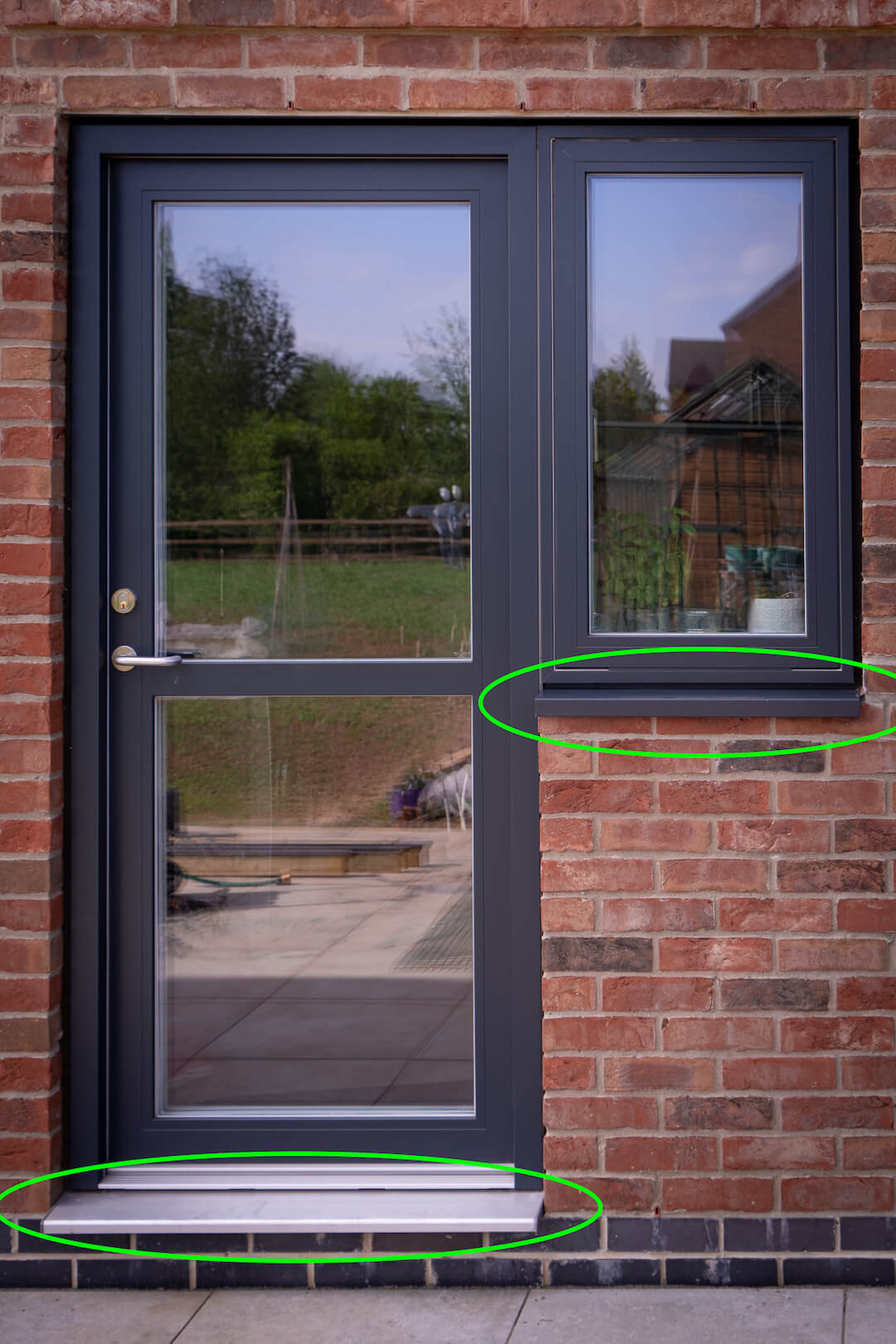
More images from this project can be found in our Sleek, Modern and Uniformly-Designed Leicestershire New Build gallery.
Have the windows been sealed with silicone or foam and compriband?
I could place a bet on the fact that you’ve not thought about this one before, but the final thing to think about is whether your windows have been sealed with silicone or foam and combriband. Thanks to improvements in foam tape technology in recent years, compriband tapes can boost the energy efficiency of your windows by providing thermal insulation within the joint. For any help determining this, just ask one of our experts to take a look for you!
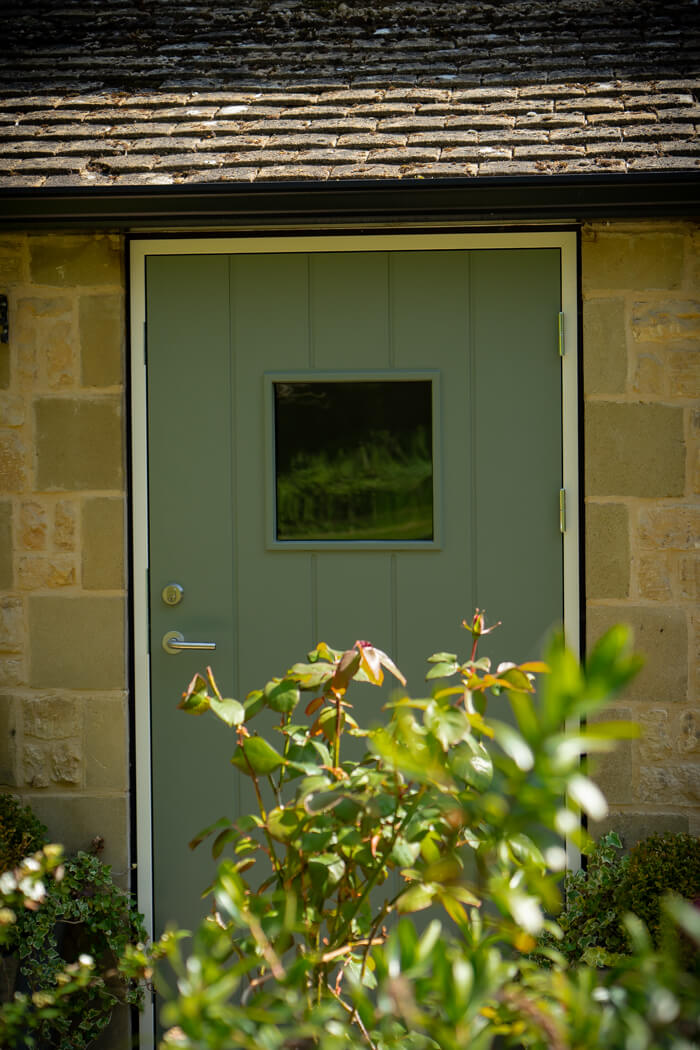
More images from this project can be found in our Cotswold Countryside Window Renovation gallery.
With this checklist in mind, you should be better equipped to know what kind of windows you have in your house and to get ready for the next stage – finding the best window solution for your home. Our designers can help completely remodel the appearance of your windows by creative redesign and choice of different colours. Many of our windows are low maintenance and, as of 1st July 2020, we have ceased selling plastic windows for environmental reasons.
Written by Georgia Tindale
You may also be interested in
Contact us!
For any questions about our products and services, or to get your quote,
please get in touch by phone, email, or using our in-browser contact form!
Leamington: 01926 935 607
London: 0203 633 0476
E-mail : sales@enlightenedwindows.co.uk
Contact Form: Contact Us

